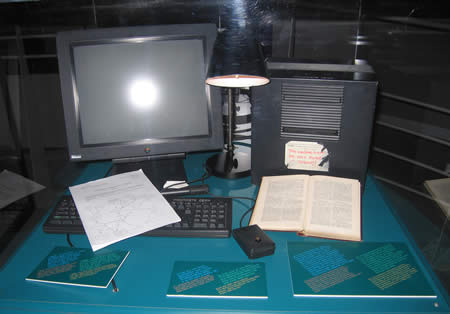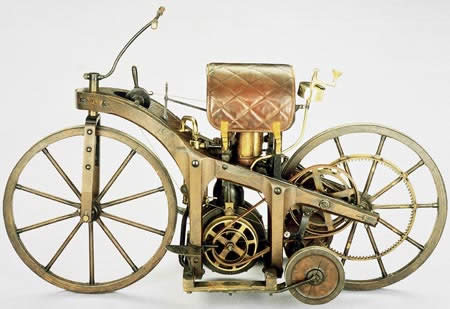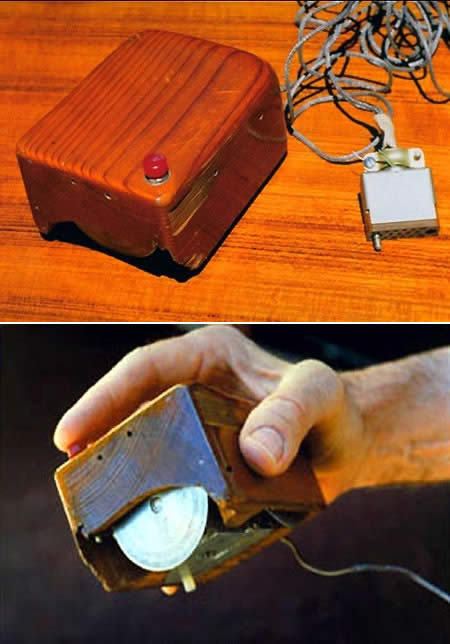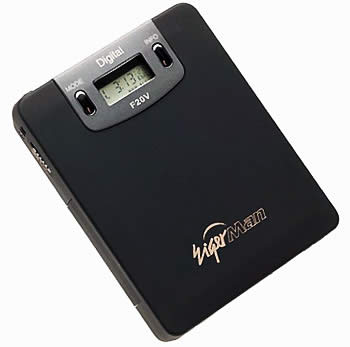
In December 1975, Kodak engineer Steve Sasson invented something that would, decades later, revolutionize photography: the world’s first digital camera. It was the size of a toaster, and captured black and white images at a resolution of 100×100 - or 0.01 megapixels in today’s marketing terminology. The images were stored on cassette tape, taking 23 seconds to write. The camera uses an ADC from Motorola, a bog-standard (for the 1970s) lens from a Kodak movie camera, and a CCD chip from Fairchild Semiconductor - the same technology that digital cameras still use today. To playback the images, a special computer and tape reader setup (pictured below) was built, outputting the grainy images on a standard TV. It took a further 23 seconds to read each image from tape.
World’s First Digital Camera
World's First Motel (1925): Motel Inn

Motel Inn in San Luis Obispo, California, is the world’s first motel. It was built in 1925 by LA architect Arthur Heineman, who coined the term motel meaning "motor hotel." Motel Inn was originally called the Milestone Mo-Tel. Back then, one night stay was $1.25. Heineman couldn’t afford the trademark registration fee, so his competitors were able to use the word "motel." The motel is still in operation today
World's First Web Server and Web Site (1990): a NeXT computer at CERN

World's First Motorcycle (1885): Daimler's "riding car"

The First Motorcycle was designed and built by the German inventors Gottlieb Daimler and Wilhelm Maybach in Bad Cannstatt (Stuttgart) in 1885. It was essentially a motorised bicycle, although the inventors called their invention the Reitwagen ("riding car"). It was also the first petroleum-powered vehicle.
World's First X-Ray (1895): Röntgen's wife hand

In 1895 Wilhelm Conrad Röntgen, professor of physics the University of Wurburg in Germany, was doing experiments with electrical discharges in evacuated glass tubes. Late in 1895 Wilhelm Röntgen was alone at night doing his experiments, this time in the dark and noticed a glow was produced on the wall, which he knew was not caused by fluorescence or visible light. He named these new, unidentified rays 'X' or if you prefer; X-rays. After several months of playing with his discovery he noticed that objects place in the path of the rays cast shadows and created images on the wall. Soon after he used a photgraphic plate and had his wife, Frau Röntgen, place her hand in the path of the X-rays, creating the world's first X-ray picture. In 1901 Wilhelm Röntgen was awarded the very first Nobel Prize in Physics for this discovery.
World's First Computer Mouse (1964): by Douglas Engelbart

The world's first computer mouse was made by Douglas Engelbart in 1964, it consisted of two gear-wheels positioned perpendicular to each other -- allowing movement on one axis. Ergonomic shape, great button placement -- and it's made of wood.
World's First MP3 Player (1998): MPMan 32MB

Released in 1998, the Eiger Labs MPMan was the world's first MP3 player, boasting 32MB of internal memory -- expandable to 64MB. Available in F10 or F20 models, the latter boasting SmartMedia compatibility, this player set you back a mere $69 + shipping. It measures a slim 91 x 70 x 16.5 mm.
World's First Microprocessor (1971): Intel 4004

In November, 1971, a company called Intel publicly introduced the world's first single chip microprocessor, the Intel 4004 (U.S. Patent #3,821,715), invented by Intel engineers Federico Faggin, Ted Hoff, and Stan Mazor. After the invention of integrated circuits revolutionized computer design, the only place to go was down -- in size that is. The Intel 4004 chip took the integrated circuit down one step further by placing all the parts that made a computer think (i.e. central processing unit, memory, input and output controls) on one small chip. Programming intelligence into inanimate objects had now become possible.



